Many people consider the demand for a particular product, as well as its offer separately. At the same time, many do not understand that this approach does not provide an opportunity to get an answer to a rather important question: how exactly in the competitive market is value formed that could satisfy not only consumers, but also sellers of certain products?
What happens at low prices?
If prices are fixed at a sufficiently low level, then in this case, buyers cannot ultimately find such an amount of goods that they could purchase, while such a situation simply cannot remain in the market for a long time. Of course, companies will understand that households are beginning to show an increasing demand for a certain amount of marketable products, as a result of which manufacturers will begin to acquire additional production resources, and will also try to expand their own production, because each individual unit of goods provides profit for them.
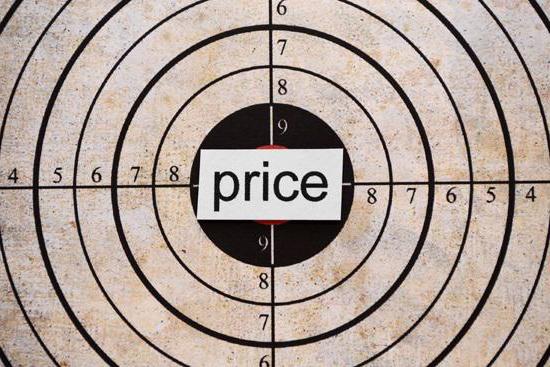
At the same time, one should not forget that additional expansion of production in the short-term market period will in any case entail an increase in costs for each unit of production, as a result of which the value of the goods will not rise. In this regard, excess demand, as well as a significant shortage of goods will ultimately motivate companies to further expand production.
Excess offer
Too much demand, which creates a shortage of one product or another in the market, eventually begins to push prices upward, and if equilibrium prices are present, companies will have no motivation to increase the output of marketable products. Indeed, a further increase in production volumes will in any case be accompanied by an increase in the prices of marketable products, and in connection with this, the quantity of goods for which there is currently a demand will begin to decrease. Thus, an excess supply will be formed in the market. In other words, in the end, manufacturers will come to such an effect that prices, on the contrary, will begin to drop. That is how equilibrium prices are most often formed at which the quantity of the requested product is equal to the number of goods offered by manufacturing companies. Any other prices are called nonequilibrium.
Change provokes change
The occurrence of any changes in market demand or supply ultimately leads to the fact that equilibrium prices disappear. Thus, if demand increases, both the cost and the volume of products offered will automatically increase. In the same way, if demand falls with constant supply, the cost of production should fall, as a result of which the equilibrium volume will change in the same direction.
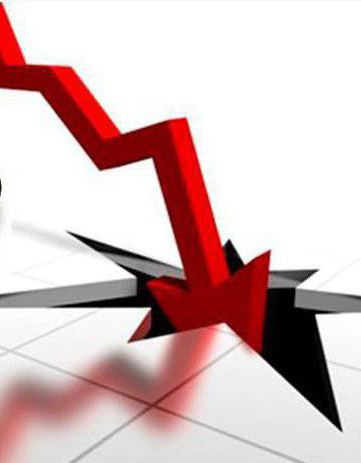
All these are the simplest cases in which the equilibrium prices change. More complex situations relate to a simultaneous change in both supply and demand, that is, they are a combination of two simple situations. Based on this, specialists conduct a detailed market analysis.
Surplus consumer and producer
The emerging equilibrium price and equilibrium volume allow both buyers and sellers to receive additional benefits from the exchange, and this is the main public benefit from the formation of the equilibrium price.In order to clarify this provision, it will be necessary to use a new category - “additional benefit to the consumer”, as well as “additional benefit to the manufacturer” and “general benefit”.

Thus, the surplus of the consumer is the difference between the market value of the goods at which the consumer buys it, as well as the maximum possible price that the consumer could pay when purchasing this product. The producer’s surplus, in turn, is the difference between the current market price of the product and the lowest possible price.
If there is an equilibrium price and an equilibrium volume, the benefit from the exchange ultimately goes to both the consumer and the producer, so everyone is trying to achieve just such an optimal value.
State role
In the conditions of the so-called nationalization of the economy, the used market mechanisms of interaction between supply and demand cease to work. For this reason, a completely different market condition is present both in our country and in all CIS countries. The market is significantly deformed due to the impact of the state distribution system, which was supplemented by the "black market", as well as barter exchange.
The behavior of producers in this case is not determined by the market, but can only be regulated by government bodies. In such an economy, there is completely no rigid connection between price and supply and demand for certain types of products. Any expansion of production in the overwhelming majority of cases was carried out without any analysis of cost and demand prospects. Various state bodies in a centralized form decided what goods and in what volume needed to be produced, as a result of which the state itself, in fact, took over market functions.
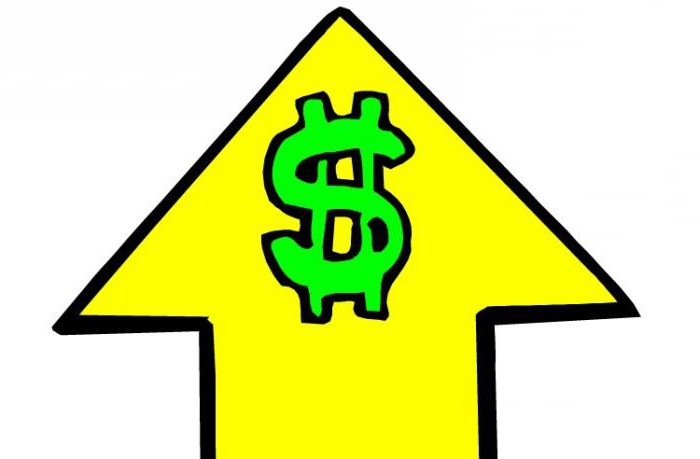
State market and its features
In both a market and a planned economy, a decrease in the cost of a certain product in any case also provokes an increase in demand for it, but supply behaves in a completely different way, because its volume is determined not by the market, but by specialized planning bodies. The volume of supply in this case will remain unchanged regardless of what price is currently offered for a particular product. The main difference between a market and a planned economy is supply curve which is vertical in a command economy, while in the case of a market economy, it turns out to be shelving.
If a state distribution system is used when there is a limitation of the role of market forces, equilibrium demand and equilibrium price simply cannot be present, because a centralized management system is not able to respond in a timely manner to the occurrence of any changes in supply and demand. Thus, in the end, the economy was characterized by a significant excess or deficit of certain products, while all these shortcomings were caused only by underestimating the importance of the market.
Deficit and excess
A deficit or an excess of certain products arises not only in the case of a planned economy, it can also form in a mixed economy, which is based solely on a market mechanism. Surplus or shortage of products arises due to government intervention in various pricing processes in the current market, and this situation arises if the government begins to introduce a certain price limit on various types of products.

Highest price limit
The highest limit, or price ceiling, is the maximum possible value that is established legally.In the overwhelming majority of cases, this indicator is fixed at a certain level, which is lower than the equilibrium market price. Often, such behavior is characteristic of the so-called social policy, when restrictions are placed on essential goods. It is in this case that a shortage of one or another product in the market is formed.
How it works?
For example, for certain reasons, the supply of a certain food product is reduced, despite the fact that there is still a fairly stable demand for it. If the state does not interfere in the operation of market mechanisms, then in such a case such changes will immediately entail an increase in market value, but if, for social or political reasons, a price ceiling for these products is established, there will eventually be a deficit, since there is no equilibrium price offers.
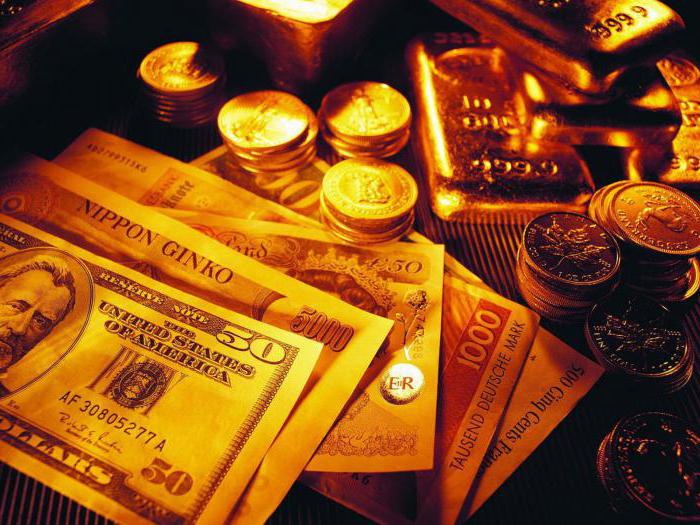
Of course, the deficit will negatively affect the cost and lead to a complete imbalance and collapse of the market, as a result of which the so-called shadow market will appear at all. The only way out of this situation is the rationalization of the supply of certain products on the market.
Lowest price limit
This is the minimum value determined by the government, and it is one level higher than the equilibrium price curve. In the event that the state will introduce and fix the value at a certain level, which is above the equilibrium, the value of the supply of a certain product in the market will significantly exceed the volume of demand for it. Thus, a surplus of products will form on the market.
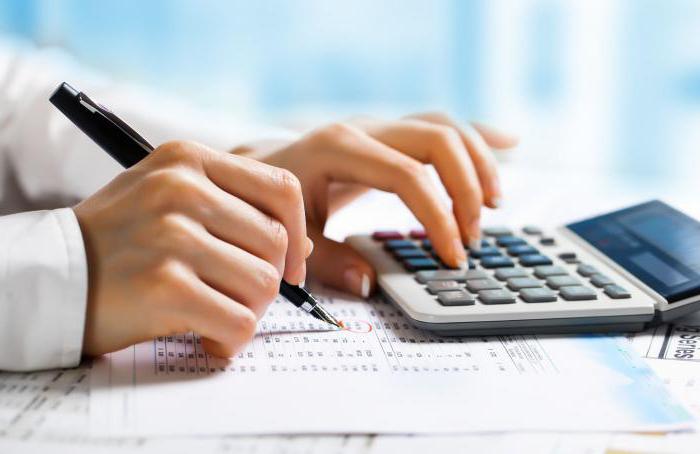
In conditions when the state begins to intervene in the process of determining prices, the market cannot completely solve such problems, since the functions of the equilibrium price cease to function. Thus, generating surplus products, the state will have to solve this problem in order to exclude the possibility of an overproduction crisis in a particular sector of the economy. In this regard, ultimately, if the essence of the equilibrium price is not respected, the state will have to independently acquire all these surpluses.
In the overwhelming majority of cases, a lower price limit is introduced in order to support any producers or to stimulate the production of certain products.








